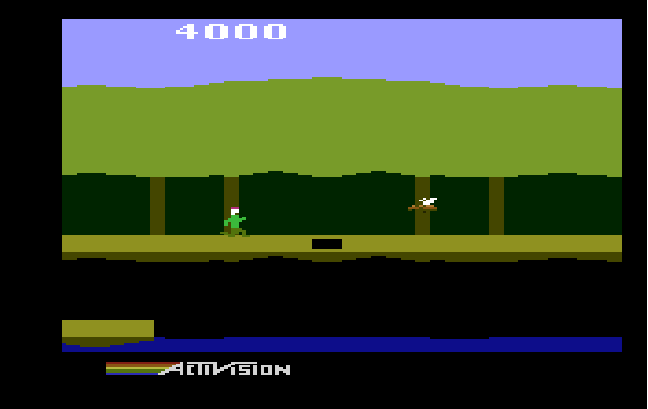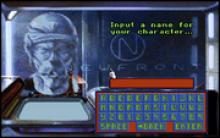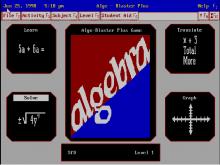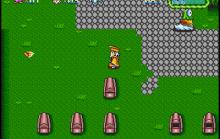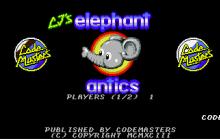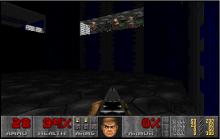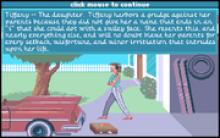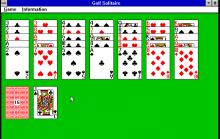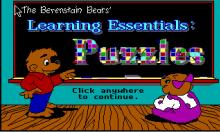Pitfall II: Lost Caverns
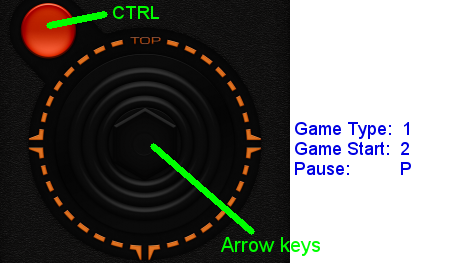
How to play Pitfall II: Lost Caverns
Each game uses different controls, most Amiga games use both mouse and keyboard.
Pitfall II: Lost Caverns Description
Pitfall II: Lost Caverns is the sequel to the popular video game Pitfall!. Both games were designed and written by David Crane and published by Activision in the early 1980s. The star of the games is Pitfall Harry, an 8-bit Indiana Jones clone.
The original Pitfall! had Harry exploring a jungle, collecting treasures, and avoiding danger in the forms of crocodiles, scorpions, snakes, and quicksand. Although the background did not scroll, the game was one of the first large platform games for a home video game console. Lost Caverns stays true to the gameplay of the original, but greatly expands the scope of the environment as Harry descends deep into the catacombs. The screen could now scroll vertically, unlike the original, but it still would not scroll horizontally. Players had to reach the edge of the screen to move it over to next horizontal area.
While faithful in many respects to its predecessor, Lost Caverns featured numerous changes to make it play differently than the original game. Pitfall Harry gained the new skill of swimming in the watery areas of the game. He could also be made to run and leap into huge chasms, freefalling until he hit an underground river or a tunnel entrance on the facing cliff wall. Harry could hold onto a balloon and ascend to new areas. And the old hazards are now joined by electric eels, vultures, bats, and toads.
One rather unique feature for the time was that Harry had unlimited lives, with the penalty for death being the loss of score. When Harry died, he would lose points as he floated back to the last save point, which was marked with a red cross.
Two new, but unplayable characters are introduced to the world of Pitfall Harry in Lost Caverns. One is his cowardly pet tiger Quickclaw and the other is his adventure-seeking niece Rhonda. Both of these characters also appeared with Harry in the Saturday Supercade children's cartoon based on the Pitfall! games.
Another enhancement over the previous game is the addition of a soundtrack. The musical cues act as subtle rewards and punishments for performance. The main "heroic" theme plays for a short while, before reaching a loop of more atmospheric music. Once Harry collects a treasure, the main theme begins again. If Harry dies, a downbeat version of the theme plays as he floats back to the save point, which continues until Harry succeeds at finding more treasure.
The game was divided into two very large levels. In the first, Harry's goal was to rescue Quickclaw and Rhonda, who are both lost deep within the caverns. In the second, he had to locate the Raj Diamond. Some versions of the game do not contain the second level.
Pitfall II: Lost Caverns was one of the largest games ever created for the Atari 2600 and featured elements previously considered impossible on hardware that was already over 6 years old at the time. Smooth scrolling, detailed animation and a musical score that included multiple channels were all made possible by custom hardware built inside the game cartridge. Crane designed and patented a component he called the Display Processor Chip (DPC), which could greatly enhance the 2600's graphics capabilities and could process music in 3 channels plus drums. Crane hoped that the DPC would be used by other game designers to further extend the life of the aging console, but the video game crash of 1983 made this impossible.
The game was originally created for the Atari 2600 and released in 1984, but it was also faithfully ported to the Atari 5200, Colecovision, Apple II, and Commodore 64 systems. In 1985, Sega licensed the game from Activision and turned it into an arcade game, which turned out to be a cartoonish hybrid of both Pitfall! games.
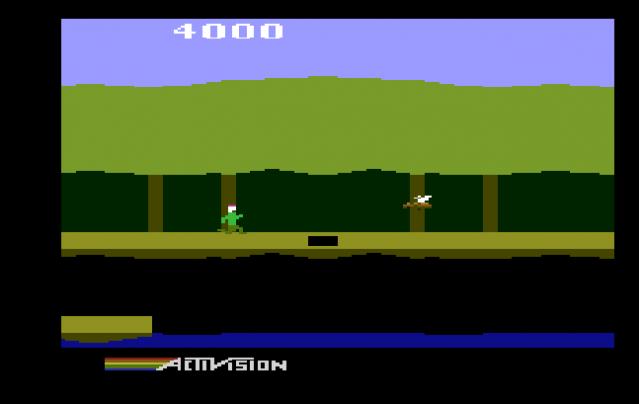
Pitfall II: Lost Caverns - additional information







